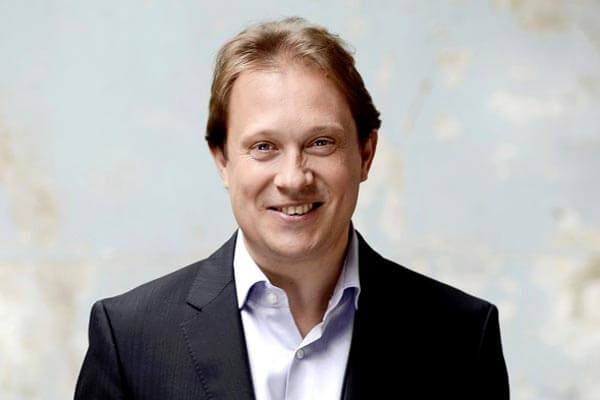On May 6, 2014, the Seattle Symphony will give the NY premiere of John Luther Adams’s Pulitzer prize-winning piece Become Ocean at Carnegie Hall, as part of Spring For Music. Sam Reising asked 5 questions to Ludovic Morlot, Seattle Symphony’s Music Director.
Earlier this year, the Seattle Symphony announced their 2014-2015 season. The season includes a project involving the “sound sculptor” Trimpin, which is both a sound installation and a commission for the Seattle Symphony. Could you talk more about this project and if the idea of a sound sculpture will be incorporated into the piece for the orchestra?
Trimpin is creating several unusual musical instruments that will be operated electronically but will produce acoustic sounds – this is his trademark strategy. Trimpin is creating his piece specifically for the beautiful lobby of Benaroya Hall where we have our late night concerts and where the premiere of the piece will take place a year from now. The spatial effect will be very important: these new instruments as well as big chimes will be hung around the lobby, and several of our orchestra musicians will be placed on different tiers. Two modified grand pianos will be set up on the main floor. I will conduct our musicians and these self-sounding instruments simultaneously. The new instruments will “read” movements of my hands via a specially invented electronic device that will transfer my signals to these instruments. It’s going to be a very unique experience!
The Seattle Symphony is one of the leading orchestras when it comes to innovative programming (the Sonic Evolution project is just one example). Could you discuss how you try to incorporate these programs into a normal season and what you are trying to achieve with similar programming?
We make sure that our regular season is as adventurous and innovative as our special projects. We want all of our audience members to be stimulated emotionally and intellectually and we strive to offer them a healthy mixture of favorite classical works and unusual listening experiences. We want everybody to be engaged and excited by what we do on the stage, and to get a desire to come back for more concerts.
How do you approach a work like John Luther Adams’s Become Ocean, which is purely based on color and orchestration? Does it take a while for the musicians to get/does it require more rehearsal time than a piece in the standard repertoire?
We had a regular number of rehearsals for Become Ocean. This piece is very demanding for the musicians and requires a lot of stamina because they have to play challenging figurations for 42 minutes non-stop, but our musicians immediately understood the beauty of the texture and got immersed into this unusual music-making experience. We have already performed the piece four times in Seattle and Portland and we are looking forward to performing it at Carnegie Hall!
Ludovic Morlot in rehearsal – Photo by Bernard Coutant
Can you please tell us more about Become Ocean? I’m sure a lot of people are wondering what the piece is like, and if the Seattle Symphony will be recording it for a CD release.
This piece is an amazing musical canvas showing the beauty of the Pacific Northwest. In his fabulous review of our premiere performances of this piece in The New Yorker Alex Ross said: “Like the sea at dawn, it presents a gorgeous surface, yet its heaving motion conveys overwhelming force.” Our recording of Become Ocean will be released on the Cantaloupe Music in September.
What are your big plans for the Seattle Symphony? Do you have any idea about programming 5 or 10 years down the line? Any new programs you’d like to establish or other things you would like to accomplish?
We are already mapping out our programs for several seasons to come and exploring new commissions, recordings, tours and other exciting projects. Keep coming to our concerts and I am sure you will discover many interesting things for yourselves!

